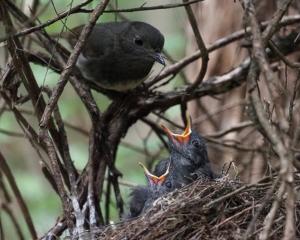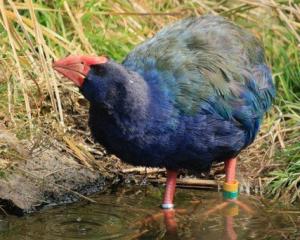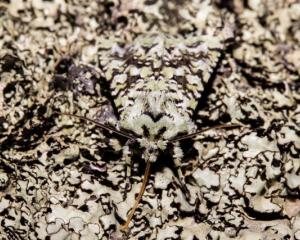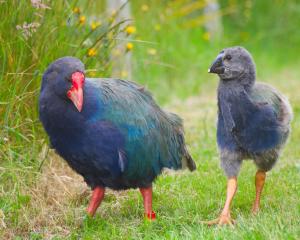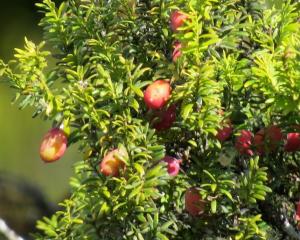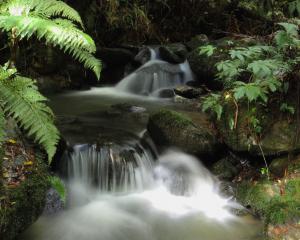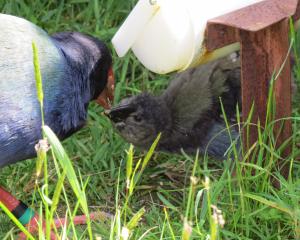
Orokonui Ecosanctuary is a place of many wonders, and one of these is the endemic Easter orchid (Earina autumnalis). As its species name suggests, these plants flower in autumn and presently visitors to the sanctuary will be able to experience the Easter orchid in full bloom.
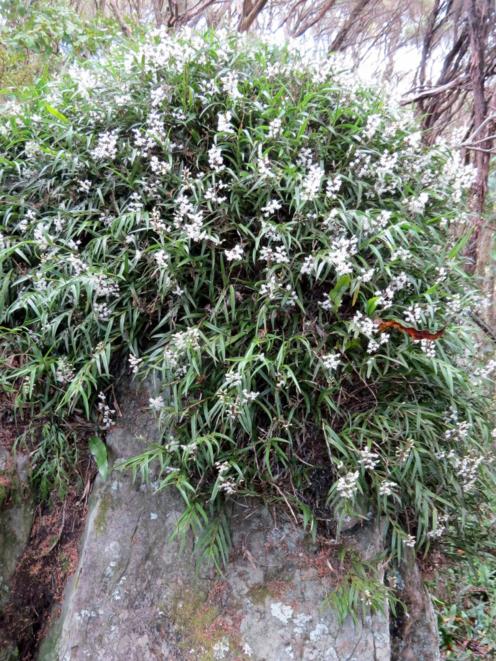
A very special one is found here in Dunedin.
As an epiphyte, the Easter orchid, also known as raupeka, uses trees as a platform to grow on, but is not parasitic.
Perching orchids can conserve water by closing their pores during daylight hours, absorbing water and nutrients directly through their spongy roots.
Orchids are one of the largest families of flowering plants in the world, with more than 28,000 species. Most of them are found in the tropics and flowers range in size from a pinhead up to 20cm in diameter. Many are bizarre in appearance.
Orchids are monocots like grass or wheat, differing in that their flowers are specialised for insect pollination.
As you step through the gate of the Easter orchid track at Orokonui, then wind your way through the regenerating kanuka and broadleaf forest, the deliciously sweet fragrance of the Easter orchid drifts pleasantly over you and you know you're in for a treat.
These are one of the most heavily perfumed of the New Zealand native flowers. The strong vanilla fragrance often alerts one to the plant's presence in the forest, where an observant walker may spot the drooping dark green leaves high in a tree trunk, or on a cliff face. Luckily, you don't have to wait for a tree limb bearing the orchid to fall or pause spread-eagled on a cliff face to experience the Easter orchid. This is because at the end of the Easter orchid track, its sprays of waxy white flowers with bright orange centres cover a large accessible rock.
The orange markings visually attract pollinators to the labellum, a petal that is shaped like a cup and serves as a landing platform for flying insects.
From this "landing strip" the insect can access the other orange part of the flower, the rostellum, a membrane at the tip of the column.
This column contains all the essential mechanisms needed for pollination, the male stamen and anther as well as the female stigma and style, fused together in a single complex structure.
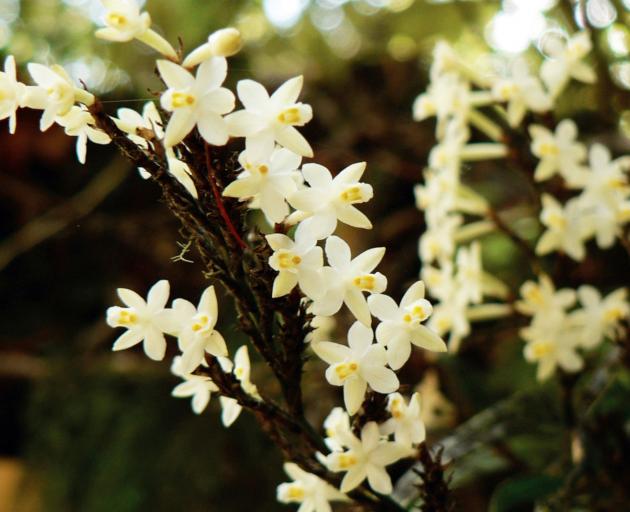
The pollinator carries the pollinium to the next flower where it sticks to the stigma consequently fertilising thousands of minute ovules, resulting in the production of a huge number of seeds.
The filtered dappled light of the bush at Orokonui creates the perfect conditions for Easter orchids to thrive.
Experiencing the Easter orchid close up may arouse an obsession for orchids; it has been known to happen.
I can attest that the Easter orchid at the end of the Easter orchid track, cascading over the rock in full bloom, the air filled with a sweet scent and beautiful birdsong, is a perfect place to observe this annual event.


